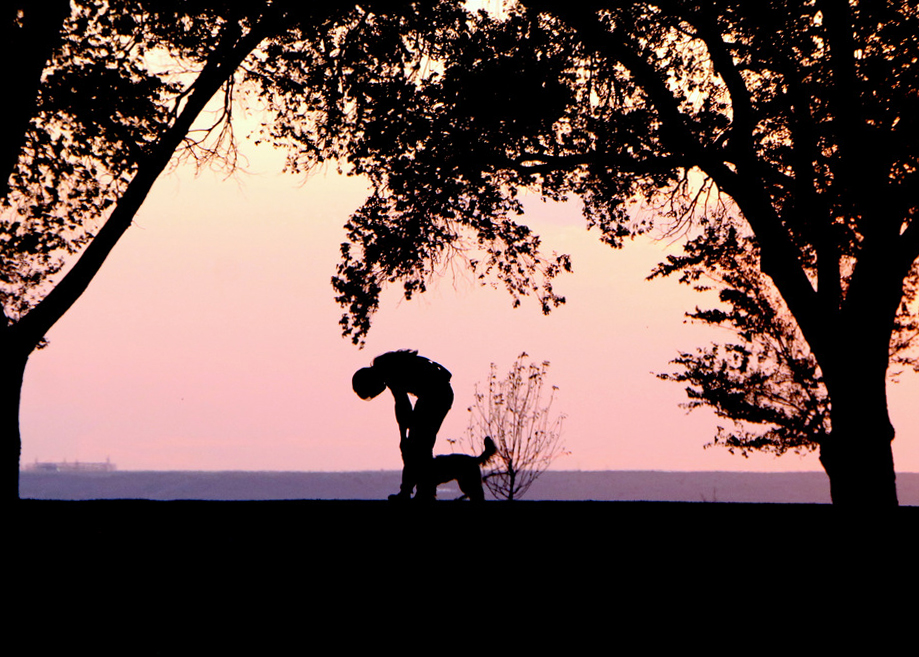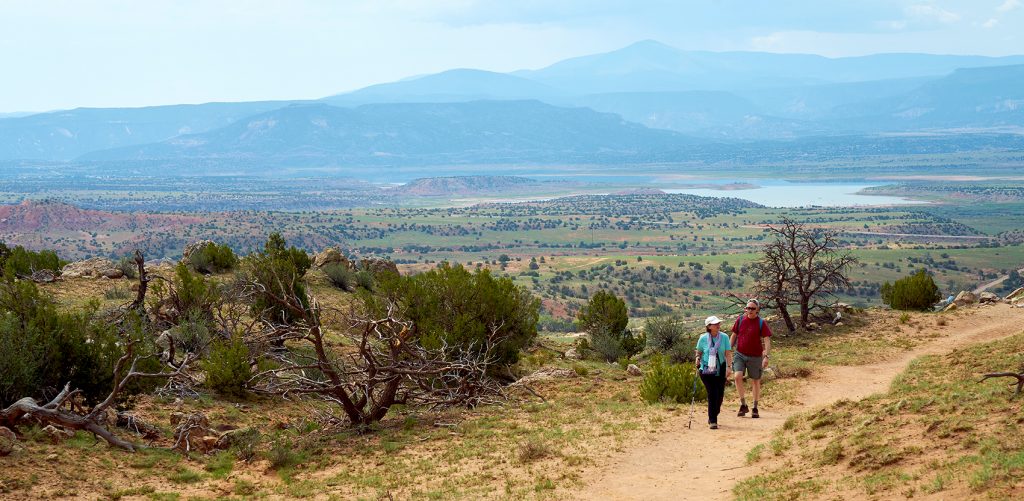Issue 6 – mid Rio Grande Times – August 2021
Collaborators: Sue Brown, Ken Gingerich, Roger Harmon, Adrienne Jones, Erica Lea-Simka, Jessica Sapunar-Jursich, Deb Scott

Issue 6 – mid Rio Grande Times – August 2021
Collaborators: Sue Brown, Ken Gingerich, Roger Harmon, Adrienne Jones, Erica Lea-Simka, Jessica Sapunar-Jursich, Deb Scott

Many can identify with this new term…Eco-Anxiety. This was defined by the American Psychological Society in 2017 as “chronic fear of environmental doom.” We are bombarded by articles related to climate change and especially extreme weather events as drought and the resulting massive forest fires. The globe is hotter than it has ever been. (New Mexico is the second fastest warming state in the U.S.) There are dire predictions as to how many years we have left to make change before the situation becomes irreversible. The powerlessness we feel as eco-anxiety also has a companion of eco-grief for loss of certain beloved places from the extreme weather conditions as forest fires and floods.
Anxiety is normal. It is a reaction to keep us safe. It becomes a problem only when a person feels a sense of danger when it is not present. That is not the case in eco-anxiety. The danger of climate change is real and present constantly. The extreme worry the current situation causes can become paralyzing, interfere with work and life in general. So what can we do?
Continue reading
Living in the arid Southwest gives us an opportunity to dry many fruits, vegetables, and herbs instead of canning or freezing. Indigenous peoples have done this in the Rio Grande valley for centuries. Dried fruits make for great lightweight snacks, and dried vegetables are perfect for soups and stews.
Drying foods changes the nutrient content but not the calories. Even though the final dried product is small, the calories per piece remain the same as when fresh. Vitamin C is totally lost, but other vitamins and minerals are pretty much retained as long as you use the rehydrating water later when you are cooking.
Approaches to drying are different according to what you wish to preserve. Here is a little over-view of the general process:
Continue reading
The City of Albuquerque Parks and Recreation, collaborating with Mid Rio Grande Conservancy District, Bernalillo County, the US Forest Service, State Parks, and National Park Service, has developed an overall Open Space experience for those living in the mid Rio Grande watershed. Currently there are 29,000 acres in the combined program managed by these different entities. For an overview, you might want to start at the Open Space Visitor Center
This center has information about the locations and features of all the Open Space sites. They have workshops for adults and children, nature-themed art displays inside, and fascinating eco-art installations scattered around the parking area and nearby trails in the bosque. There is a field planted with grains for migrating birds and a viewing tower. You can volunteer at the visitor center or join some of the work days to clean trails. Then you can head out. Here are some places you might want to consider:
Continue readingSince we live in a desert, we have to be mindful of the stressors our climate places on us. There are steps you can take to prevent dehydration and sunburn when doing outside work or recreation.

How much water does a person need in a day? It all depends on what you are doing (think sweating) and your size. Around 60% of an adult’s body is water. Heat realated hospitalizations and deaths are on the increase in NM and projected to triple in the next 30 years. We can teeter on the edge of a little dehydration and not notice much; thirst might not kick in at the beginning especially as we get older and our kidney function decreases. That is why it is advised to drink water regularly throughout the day. The most common advice is eight glasses (2 liters or a ½ gallon) a day for an adult. You will be getting additional water also by eating fruits and vegetables, which are at least 50% water.
If you are out working or exercising and sweating a lot, an additional three or four glasses of water during that time is in order. Since we also lose salts through our sweat, replacing some of the water with electrolyte packets or Gatorade is important.
Heat is becoming more extreme in the mid Rio Grande watershed. By 2030, 111 days annually are projected to be hotter than 90 degrees. Ninety degrees is considered a temperature when your risk of getting a heat related illness or death increases. What else can you do to protect yourself?
Continue reading